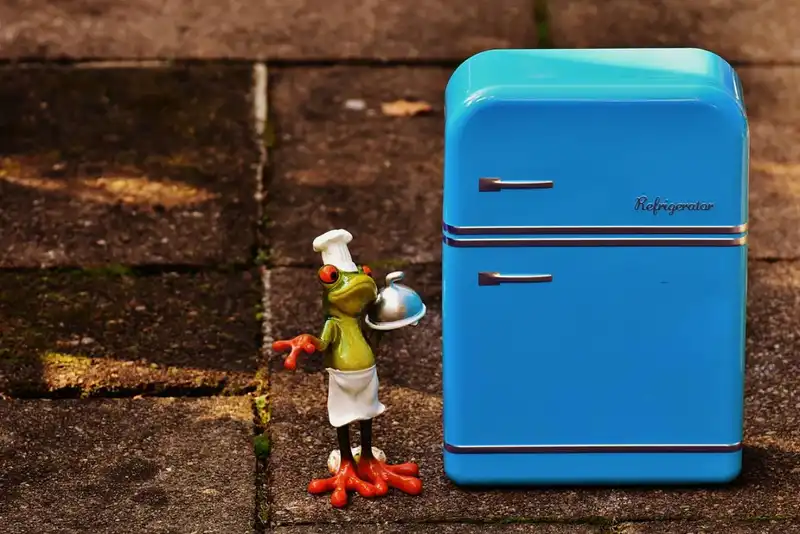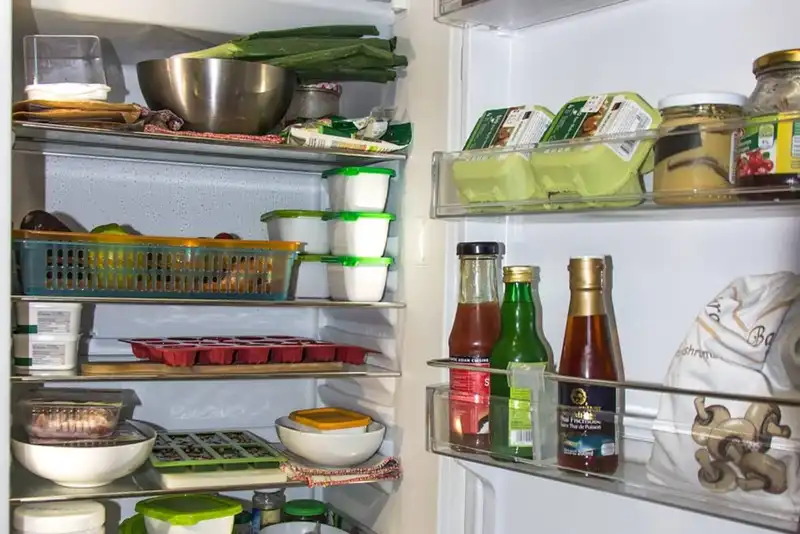Ensuring Food Safety Through Refrigerator Temperature Management

Insight into Temperature Management
Running a successful restaurant isn't just ensuring customer happiness and making sure that the food is delicious. It's also ensuring that customers, employees, and even the restaurant itself is protected from risk of foodborne illness.
Foodborne illnesses can affect a restaurant's reputation as well as profitability. Successful restaurants also look to reduce waste. Reducing waste helps increase profitability as well.
One simple way to both protect against an increased risk in foodborne illness within the restaurant and reduce waste is to ensure food safety through refrigerator temperature management.
The Importance of Refrigerator Temperature Management

Refrigerator temperature management may not seem like an important job, but it is arguably one of the most important responsibilities involved in the management of the restaurant. Food safety is so important that it is regulated at both the state and the federal level.
Restaurants must pass and maintain health inspections in order to continue to stay in business. Refrigerator temperature management is one important part of the food safety plan for every restaurant.
The temperature in the refrigerator must properly register the temperature. The temperature that certain foods should be kept at depends, of course, on the type of food and whether it is cooked, raw, or frozen.
This isn't an article on the potentials for cross-contamination (although cross-contamination is certainly another way that foodborne illness may occur). If the refrigerator's thermometer is unable to register a proper temperature, it is more likely that certain foodborne illnesses may breed in the kitchen and make employees and customers sick.
Additionally, it may be difficult to know whether there is a problem initially if only one or two spots in the refrigerator aren't working. So, it's important to check the temperature in multiple areas to ensure that the temperature reading as designated by the thermometer is correct and that the refrigerator doesn't have random hot or cold spots.
Again, those random hot or cold spots could result in an increased risk of certain foodborne illnesses.
Proper refrigerator temperature management also helps reduce waste in the kitchen. When foods are kept at their respective proper temperatures, it can be safely prepared and consumed for a specific amount of time.
When the temperature is not properly maintained, the food may spoil or is generally considered unusable because of the increased risk of foodborne illness. This increased waste results in increased spending for the restaurant.
Tips to Proper Refrigerator Storage

In addition to proper refrigerator temperature management for the various types of food, there are some other excellent ways to pack and store food in a refrigerator in the food industry to reduce the risk of foodborne illness and reduce waste.
Rely on the food hierarchy to pack and store food in the refrigerator. We will summarize the hierarchy as provided by StateFoodSafety.com from the bottom of the refrigerator and move to the top shelf. The foods that must be cooked to the highest temperature should be placed on the lowest shelf.
This includes all types of poultry and stuffing made with foods that must have their temperature monitored while they cook and other foods (such as casseroles) that have been previously cooked. On the next shelf, store eggs that will not be held while hot as well as any meats that are tenderized, marinated, ground, or injected.
Examples include ground beef for hamburgers or marinated meats. On the next shelf, store whole seafood, beef, pork, veal, lamb chops, lamb steaks, roasts, or eggs that will be immediately served.
On the next shelf, store any food that will not be hot held and that does not belong on other shelves and that also is not considered ready to eat. Produce is a good example of what would be stored on this shelf. The top shelf is reserved for ready-to-eat foods.
Ensure that employees rely on the First In, First Out (FIFO) philosophy for storing and using food. When deliveries come in, the new stock should be placed behind what is already present. The existing stock should be used before what was recently delivered. This helps reduce waste. Employees should also be trained to keep an eye on expiration dates to help manage food safety and quality.
Follow the proper food storage rules based on whether a food is perishable or non-perishable. Perishable items, including poultry, fish, eggs, and dairy, should be stored in the coldest parts of your refrigerator.
There should be enough space between the shelves and containers of food for air to circulate. Spills should also be cleaned up immediately. Perishable foods should be stored in airtight containers or wraps to help preserve their quality.
Non-perishable items can be stored on shelves, inside of cabinets, or in pantries. They are best kept in temperatures between 50- and 70-degrees F. The area should be dry, cool, and dark.
Non-perishable items have extremely long shelf lives, but that doesn't mean that their quality remains if they remain in their containers for an extra amount of time past their expiration or best by date which makes FIFO important. However, once cooked or prepared, the food is no longer non-perishable.
Key Takeaways
Refrigerator temperature management is an important concept for lessening the risk of foodborne illness and potential waste-
- Because food safety is regulated at the state and federal level, refrigerator temperature management is one of the most important components in restaurant management.
- The temperature should be checked in multiple spots in the refrigerator to make sure it is properly cooling.
- Knowing where to store food in the refrigerator is important to lessen the risk of foodborne illness and waste.
- Teaching employees FIFO can help ensure that the oldest stock is used first.
- Proper food storage rules can also help ensure that there is less waste and safer dishes are served.